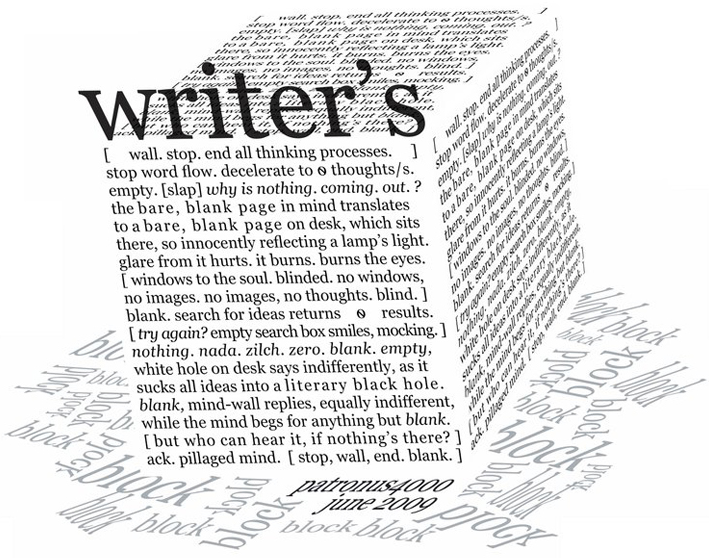This probably had something to do with my parents, who love to tell how they had to hide my books from my toddler self, who would insist that they read all six of them -- in order -- and who would get really, really grumpy if pages were skipped. (Yes, I am the oldest and a little spoiled.)
With this natural affinity, it's been one of my biggest challenges as a teacher to help my kids write. For a lot of people -- particularly those who are visual/spatial thinkers -- there is a huge disconnect between the stories they tell, the stories they experience, and then turning around and putting those stories on paper.
With 80% of my students qualifying for the gifted program nonverbally, I needed to step up my game.
So this summer, I started reading an amazing book by Betty Maxwell and Crystal Punch called Picture It! Teaching Visual-Spatial Learners. They have an abundance of tips and tricks to help visual learners connect in every subject.
I've also turned my hand to co-teaching.
Last year, I wrote about breaking through one of my student's writer's block . This led to some great conversations with our fourth-grade team (the year of the...duh duh DUH...writing test!). And as a result, we've created "Writing Workshop Wednesdays," where I'm coming in and teaching writing in a more visual/spatial way.
Our first lesson (inspired by the Maxwell/Punch book), had kids visualize an expository composition as a tree. The central idea -- like the trunk of the tree -- had to be nice and strong. The main ideas are the branches, and they come from the central idea. The details are the leaves and birds' nests and acorns that make the tree interesting.
They drew their writing tree into their journals, then created a field of "idea flowers" -- topics that they may want to write about someday. Then they "picked" an "idea flower" and did a quick write -- trying to incorporate their central idea, at least one main idea and some great details.
It went great. EVERY student, no matter their ability level or learning style, wrote successfully.
As this year of writing continues, I'll keep sharing what we've done -- and if you have any great visual/spatial writing ideas, feel free to shoot them my way. I could use them!
Our first lesson (inspired by the Maxwell/Punch book), had kids visualize an expository composition as a tree. The central idea -- like the trunk of the tree -- had to be nice and strong. The main ideas are the branches, and they come from the central idea. The details are the leaves and birds' nests and acorns that make the tree interesting.
They drew their writing tree into their journals, then created a field of "idea flowers" -- topics that they may want to write about someday. Then they "picked" an "idea flower" and did a quick write -- trying to incorporate their central idea, at least one main idea and some great details.
It went great. EVERY student, no matter their ability level or learning style, wrote successfully.
As this year of writing continues, I'll keep sharing what we've done -- and if you have any great visual/spatial writing ideas, feel free to shoot them my way. I could use them!







